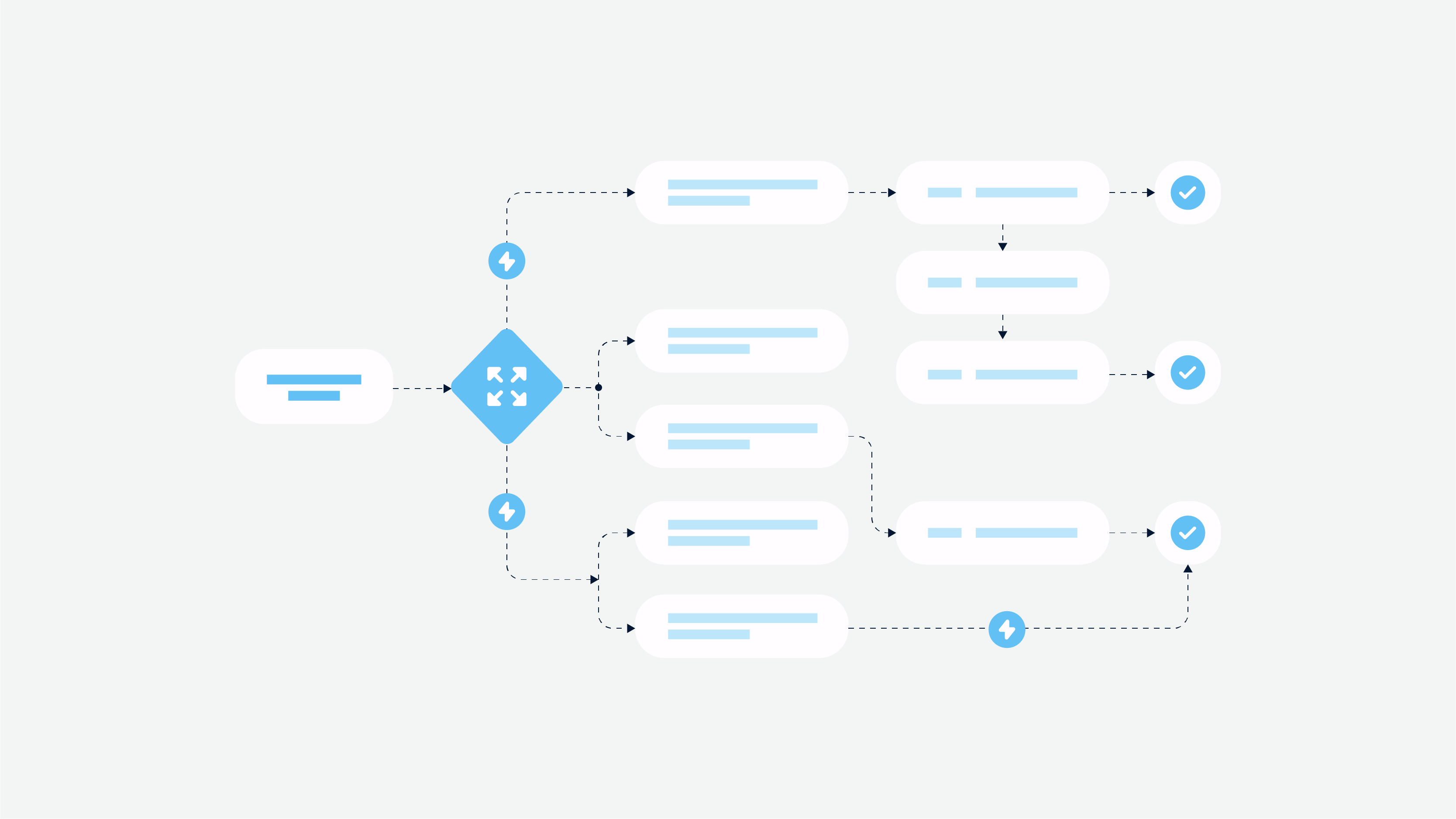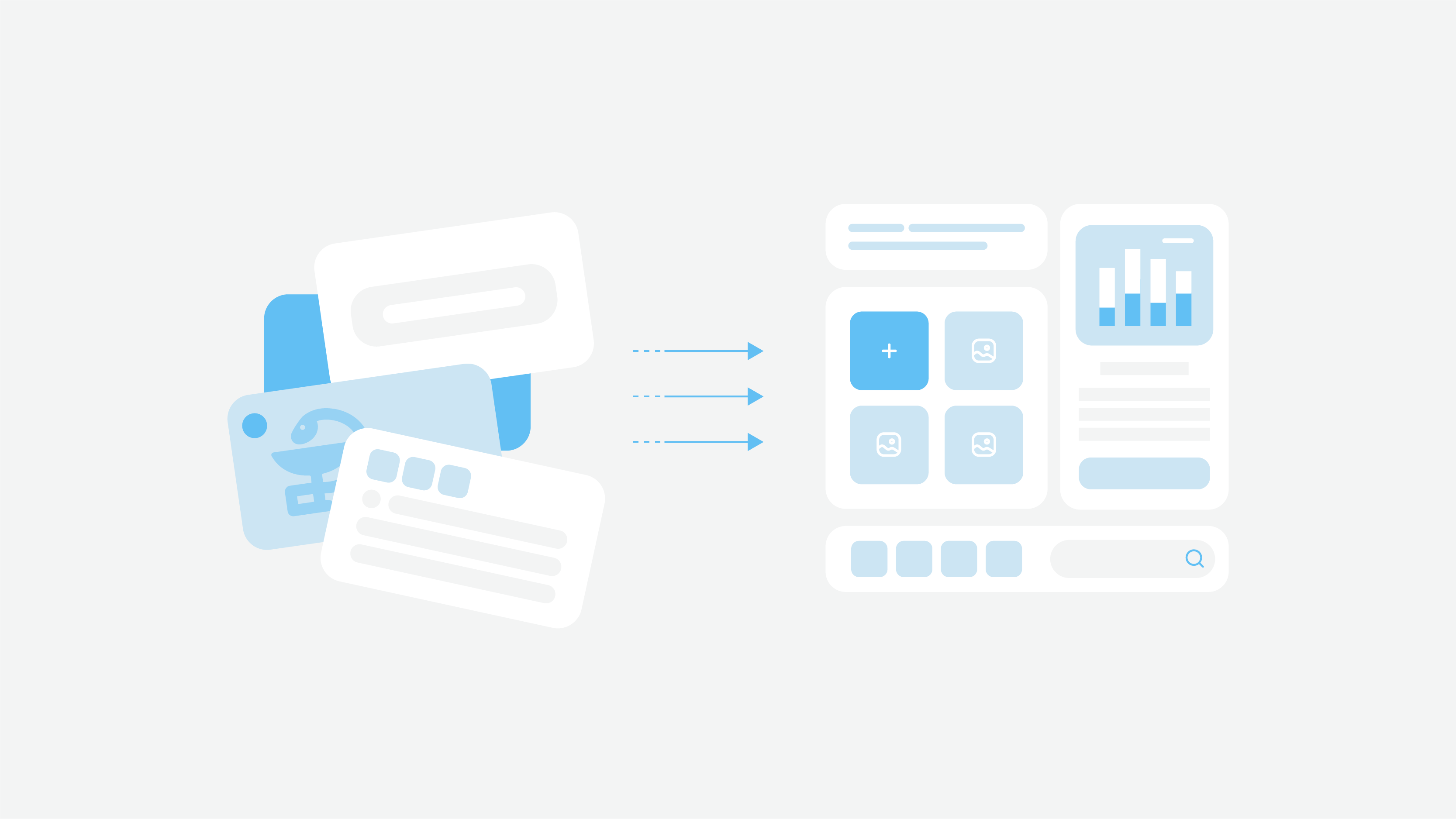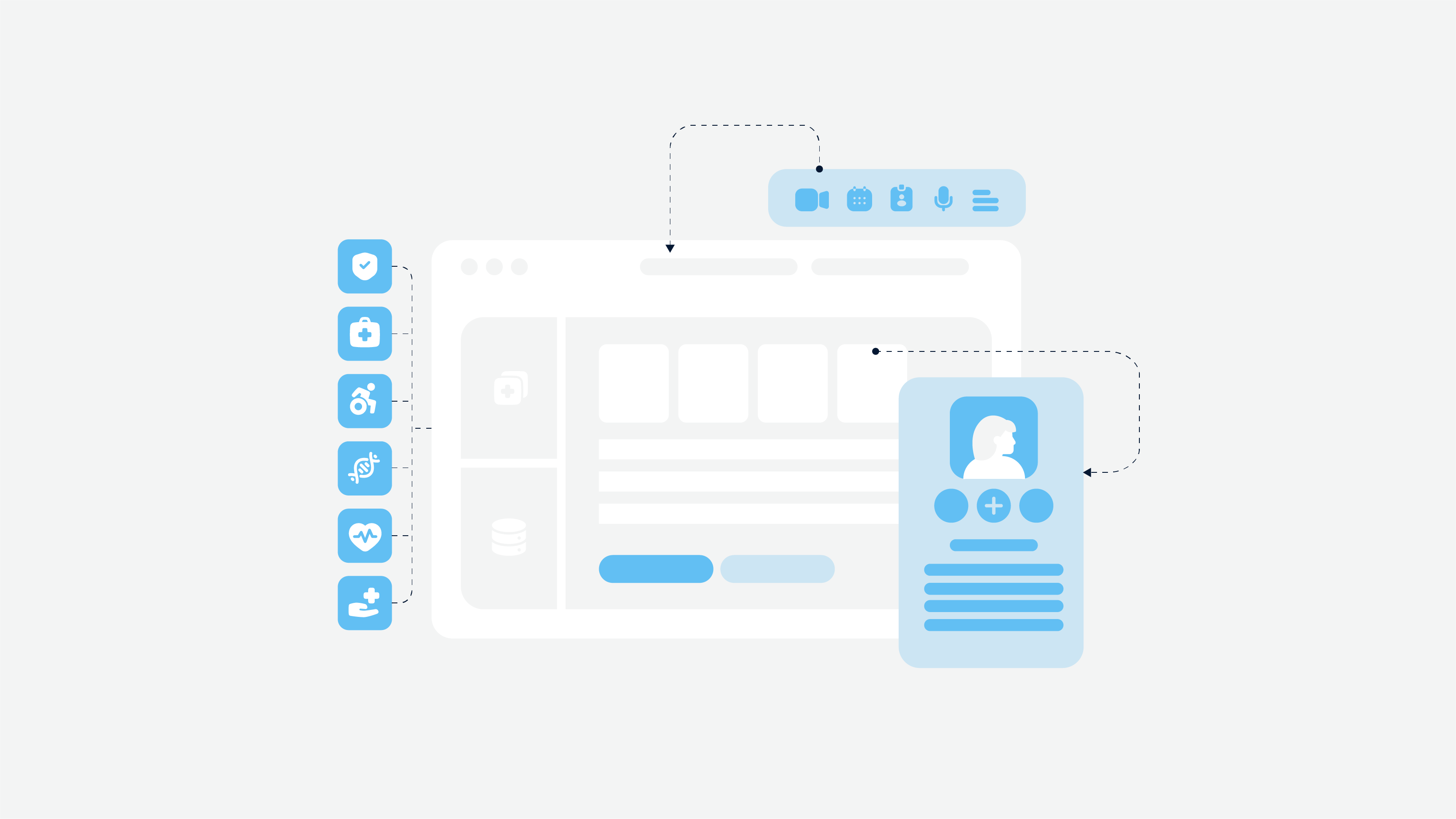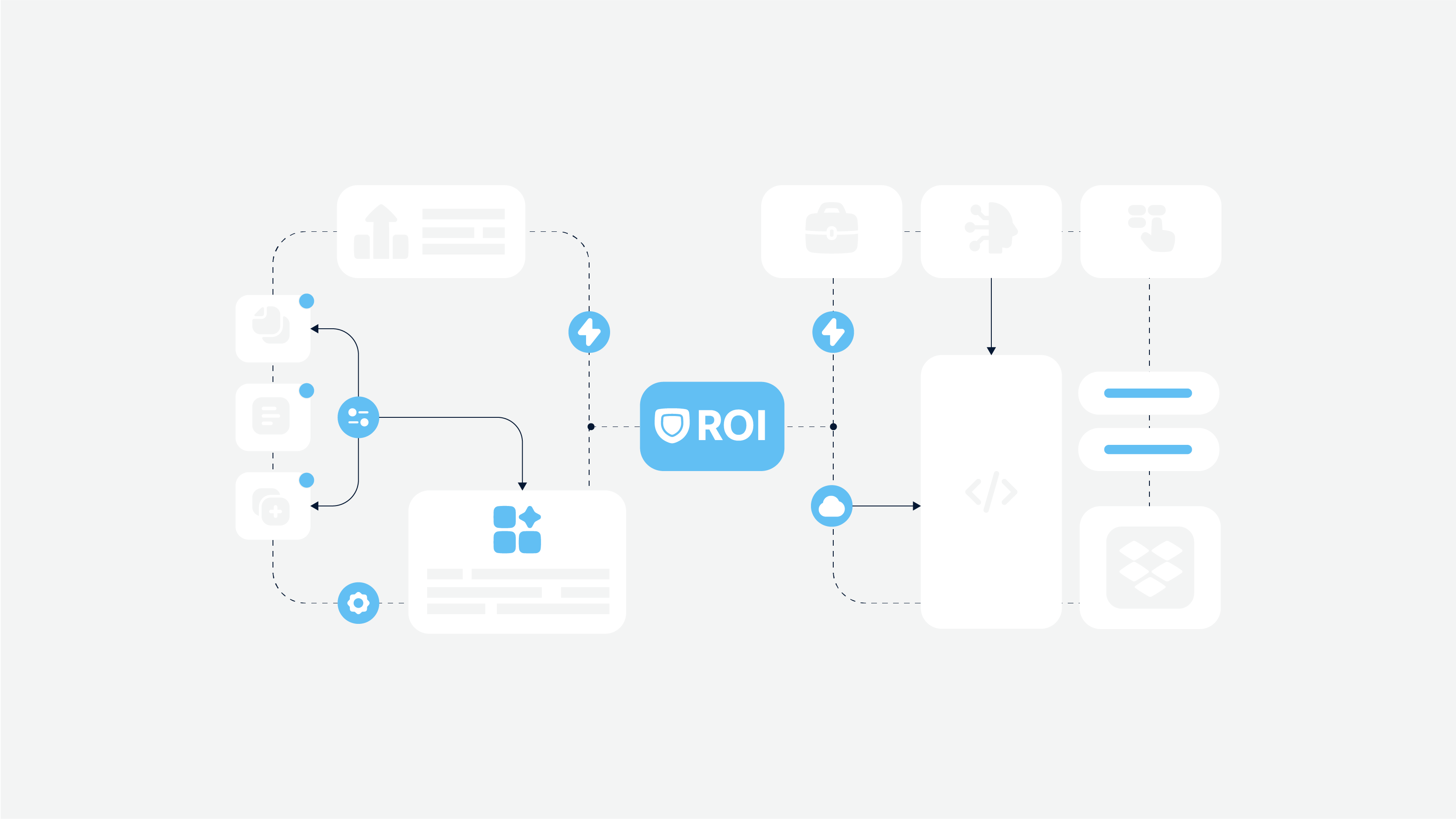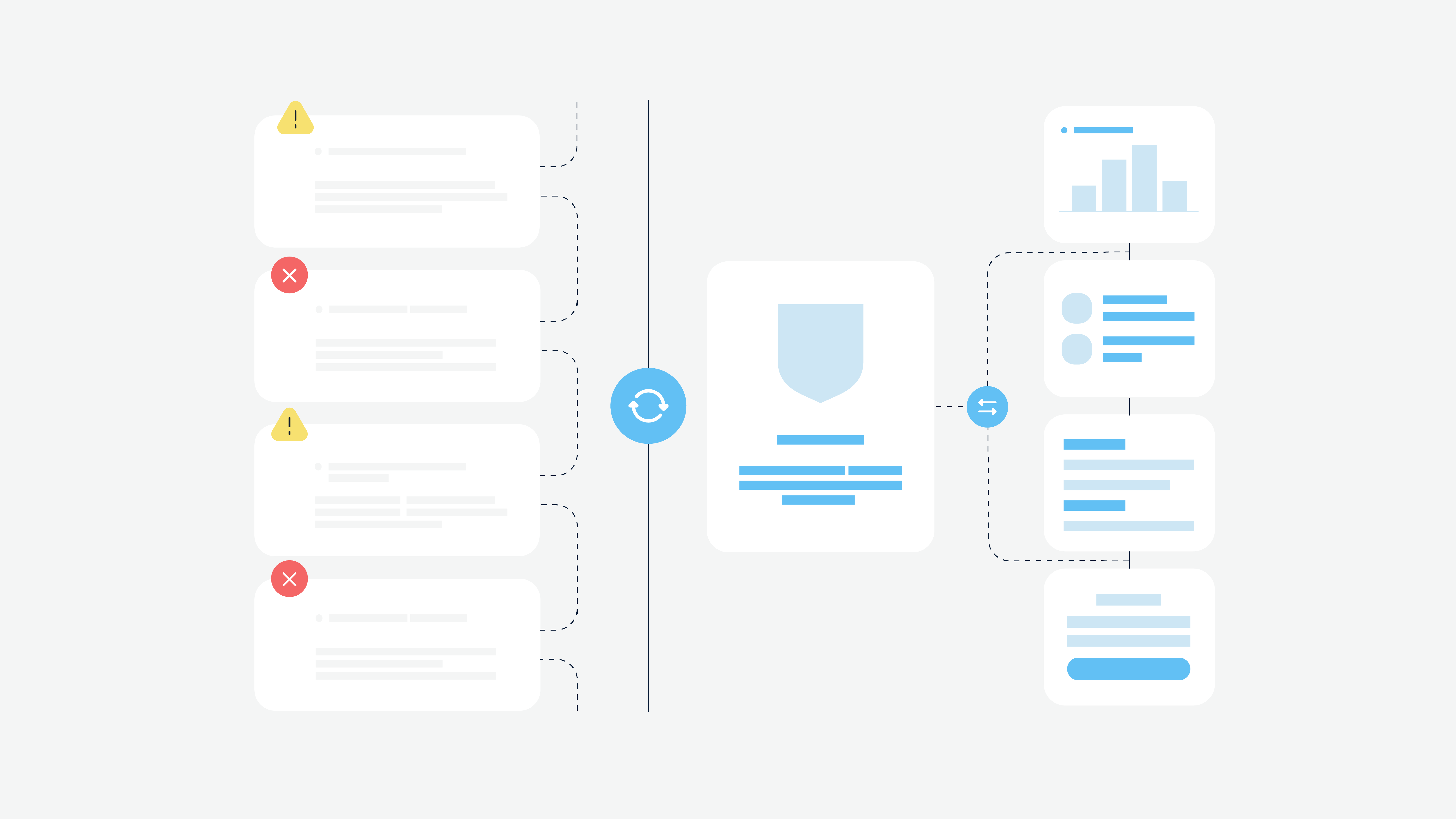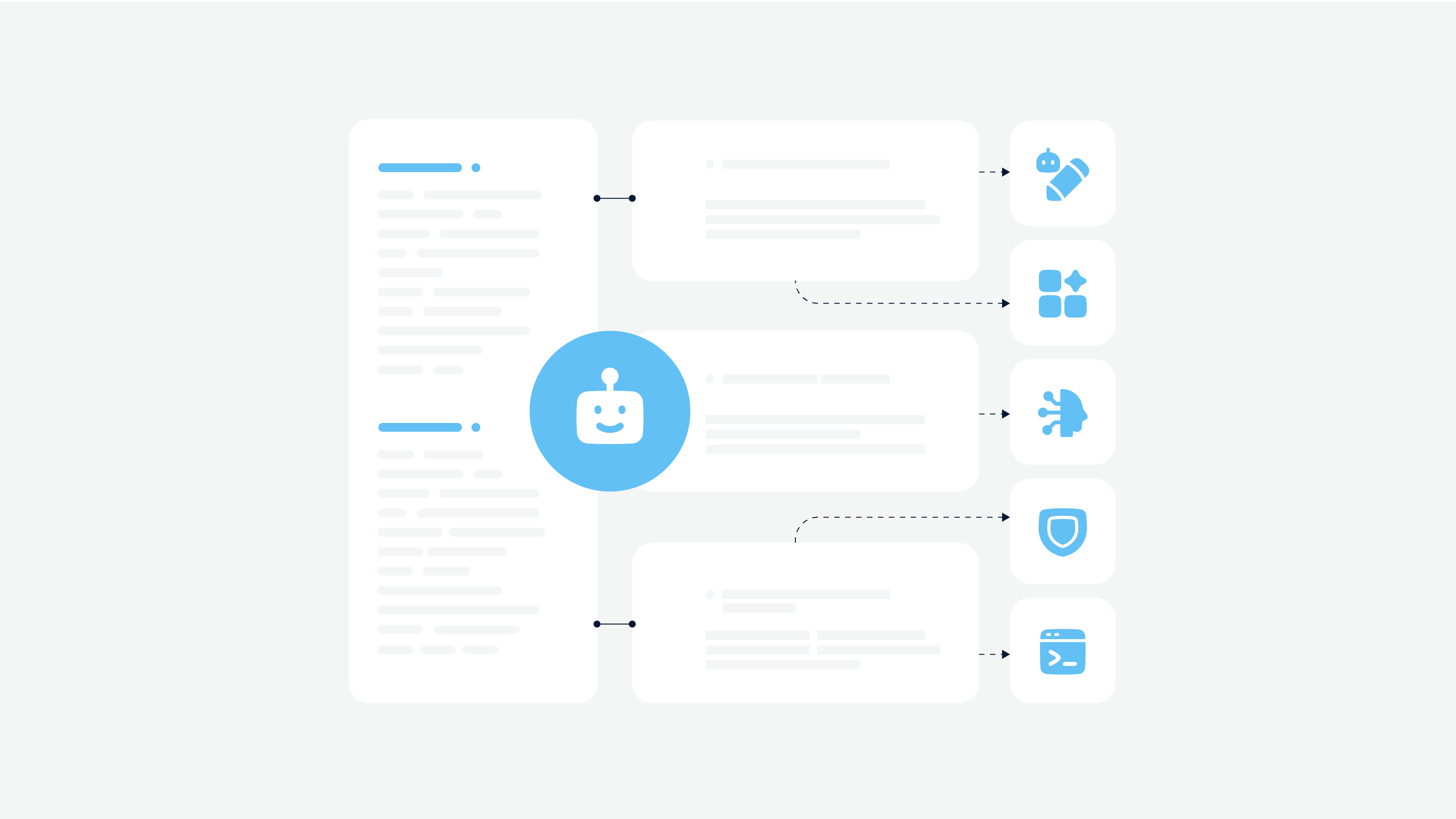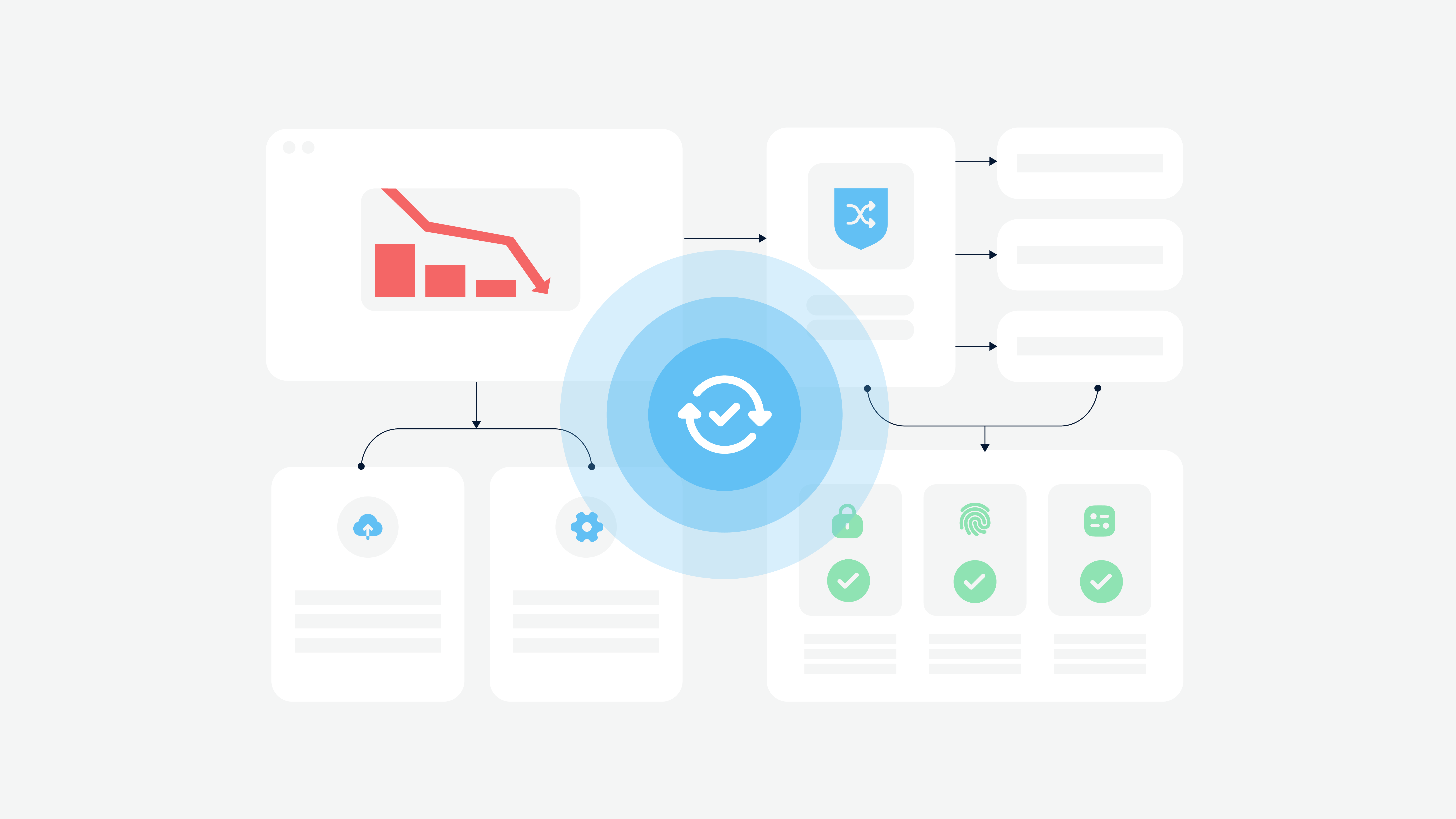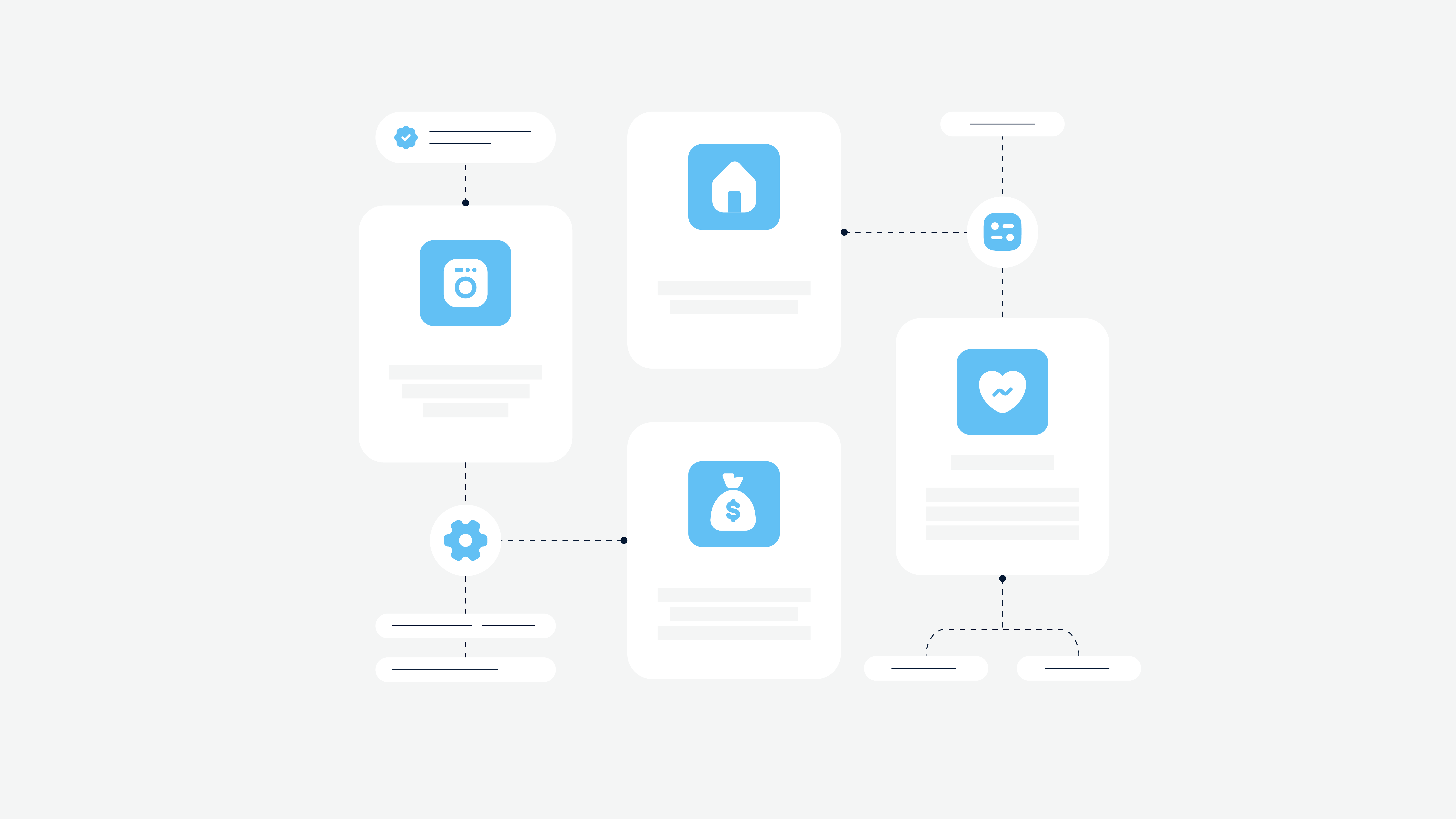The US-based companies need to comply with legal regulations that act in the state where they do business. But when business covers other world regions like the European Union, the situation is getting more challenging since companies need to comply with the GDPR in the United States.
How does the GDPR affect the US? That is the question we are going to answer in this article. You will find out what to do if you process data of the EU citizens, but your business is registered in the US. Let’s do it!
GDPR Solutions
The General Data Protection Regulation (GDPR) is a body of law that allows the residents of the European Union (EU) to manage personal data, make requests concerning purposes of data processing, its storage. And all information may be deleted upon request. The GDPR entered into force on May 25, 2018.
As for businesses, all companies that process data of the EU residents should keep up with the GDPR terms and conditions. It makes processing more transparent and lets users understand better how and why their data is used.
What Is Data Protected By The GDPR?
Any information about an individual that allows identifying them: sex, age, place of residence, social, cultural, economic, mental identity.
Principles Of The GDPR
Transparency and legitimacy. Companies should explain clearly what they gather data for and how they plan to use it further;
The purpose restriction. If the purposes of data collection are changed, but it is still used — it is classified as a violation;
A minimum of information. All the data must be used in the volume required for specific purposes, and companies cannot request the non-related data;
Data management. A user has the right to find out what personal information is used — a company should provide this information within 30 days. Also, a user has the right to be forgotten — all their data should be deleted once and for all;
Storage restriction. Data storage terms should match the term of goal achievement. When it is done — data must be removed;
Safety. Data cannot be handed over to third parties. In case it occurred, you need to inform the user about it within three days.
Does The GDPR Apply To US Citizens?
This is one of the frequently asked questions. The GDPR compliance in the US is also a pressing issue since compliance is not restricted to the European Union only.
The GDPR is an extra-territorial body of law. It is focused more on the protection of data subjects’ rights, not on business regulation. A data subject is any individual in the EU. That is, when your business implies the processing of personal data of the EU residents, you must comply with the GDPR. Everything starting from emails to IP addresses is personal data, so keep it in mind.
Article 50 of the GDPR covers the issue of international cooperation for the protection of personal data. The European Union makes it possible to make sure that all the data of the EU residents processed by other countries is appropriately protected.
Does the GDPR Apply to the EU Citizens in the US?
Ok, what about the GDPR in the US for the EU citizens? The GDPR applies to any personal information that may be transferred outside the EU. So the list of countries affected by the GDPR is not limited to the US only. But the US is a significant region that works tightly with the European Union, so we pay more attention to it.
So, when the EU citizen is working in the United States, it means the GDPR protects all their data that is used and processed by any US company. So the American company has to comply with the GDPR rules as any European-based company does.
Is The GDPR Required In The US Companies?
As it is clear from the text mentioned above, compliance with the GDPR is required by the US companies if they use personal data of the EU citizens for specific purposes. And it is highly essential to analyze your business to double-check whether your business processes such data or not.
Remember that if your company deals with the data of customers located in the EU that was transferred electronically, your business is subject to the GDPR. Even if you collect some statistics on the EU market and it includes personal info, then GDPR also applies to your company.
The GDPR Compliance Template
Now, it is time to determine whether your business is GDPR-compliant or not. You work with personal data of the EU residents, and you must ensure proper compliance with the GDPR rules. It will help you avoid fines and increase the loyalty of your customers.
Look through these ten questions below — if at least one answer is negative, your company isn’t GDPR-compliant. However, we will provide you with tips on how to change it, and you will know how to implement the GDPR compliance wisely.
Do You Allow Users To Edit Their Personal Data?
You should provide users with an opportunity to edit their personal data like first and second names, emails, profile photos. It will give them full control over their profile.
Do You Let Users Freeze Their Accounts?
That is, users should have the right to restrict the processing of their personal data. Once they do it, they can see that the account is frozen (it is written in their profile), so the personal data is invisible for other users. A user won’t be able to make any connections with other users and vice versa.
Do You Let Users Unfreeze Their Accounts?
But users should also be able to unblock their accounts and make them active again. Users may chat and make all other connections as they need.
Do You Allow Users To Register With Their Email Addresses?
Each email is unique, and users should be able to register in your system using their emails. Once they do it, they get personal user IDs.
Do You Alert Underaged Users Before They Start Using Your Software?
If a user is under 16, they need to provide a parent email where a confirmation link will be sent. Then, one of the parents will need to confirm the link, so it means that they give their consent to the processing of a child’s data.
Do You Allow Users To Export Their Personal Data?
Users have the right to export their data to their email. Once they did it, they could receive a letter with the full description of personal data being used in their accounts.
Do You Force Users To Read Terms And Conditions Or Privacy Policy And Agree With Them?
It is a fundamental question since your users should get acquainted with all the terms and conditions as well as the privacy policy when they start using your software first. Moreover, they need to put a tick and confirm that they read everything, and they give their consent for personal data processing.
Do You Let Users Read Terms And Conditions At Any Time?
Make sure that the Terms & Conditions page can be found easily on your software, and users may read it whenever they want.
Do You Let Your Users Delete Their Accounts?
When users want to delete their accounts, they can do it easily, and their personal info will be deleted everywhere on your software — in chats, in contact lists, etc. Also, all information must be deleted from the server.
Do You Renew The Consent Every 12 Months?
You must renew the consent every 12 months, starting from the first visit of a user to your website.
GDPR challenges
You see that the GDPR in the United States works appropriately if the personal data of the European Union-based citizens is used. And you already know how to prepare your business for the GDPR rules due to the Q & A above.
However, don’t forget that starting the GDPR compliance is a not simple task, and you face some challenges. We think you also need to know them since who owns the information — they own the world.
Too many requirements. As you can understand, you will have to make your business process more complicated than it was before. Too much additional data that should be considered, new requirements for your business to be compliant with — it will become one more headache for your company.
System audit. Your employees will need to make an audit of the whole company’s data and pay rapt attention to security issues, in particular. Simply put, all data must be centralized and brought into order. It takes a lot of time and resources.
Team training. If the General Data Protection Regulation is new both for you and your employees, you need to train your team and let them learn new rules and methods on how to comply with all these regulations. For this purpose, we recommend you to hire a Data Protection Officer (DPO) who will help you manage the data, explain how to update the Privacy Policy for the GDPR when necessary, and make sure that everything is done according to the GDPR.
Budget replanning. Apart from a DPO appointment (it will lead to new expenses in your budget), it will be necessary to make the whole budget replanning since some areas like data security and technology research may require more costs. And newly trained specialists also should be paid more.
By the way, according to AlistDaily, 60% of CMOs believe that the GDPR will make it harder for companies to build a tight relationship with consumers. And the CMOs from financial services are mostly concerned about it.
The GDPR In A Nutshell
The GDPR rules became a new era in the sector of personal data protection. Its primary purpose is to make consumer-service provider relationships more transparent and reliable. However, business owners need to spend a lot of time and money to make sure that they are GDPR-compliant, and fines won’t be imposed.
So, what does the GDPR mean for the US companies? The US companies may ignore the European Union-based regulations if they don’t process personal information of the European residents. It is a must-have stage for the big US companies that want to enter the EU market.
We, at Cadabra Studio, know how important data security is, and we consider the GDPR requirements when working with clients from the European Union. Besides, we keep it in mind when we create software for our clients. We hope this guide helps you organize your business correctly and make all processes transparent. If you need experts in software development or UI/UX design — get in touch with us.



